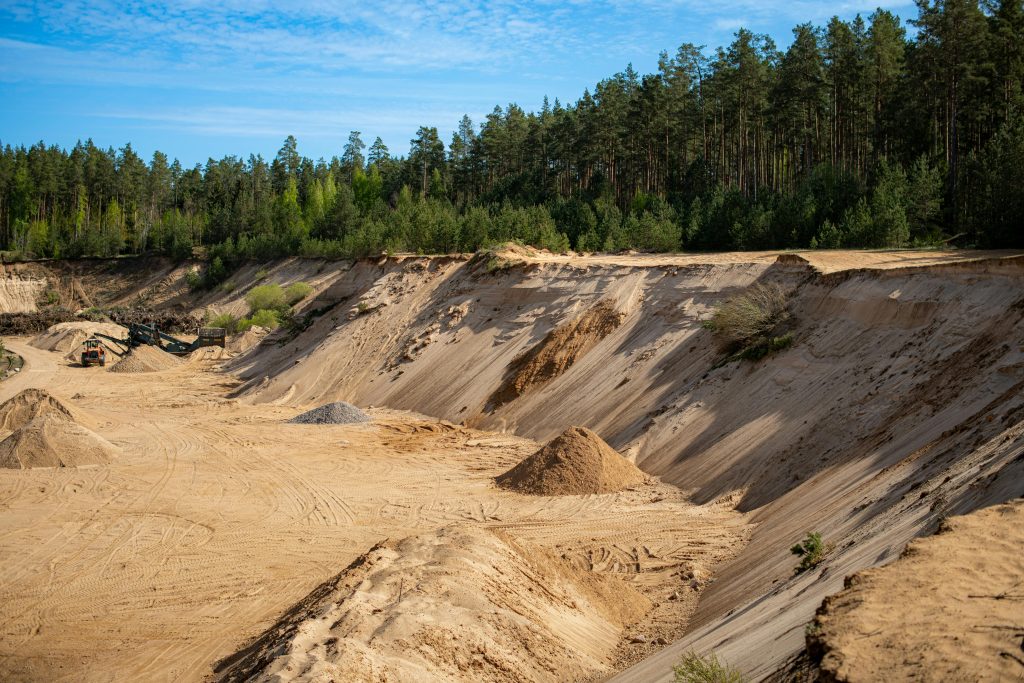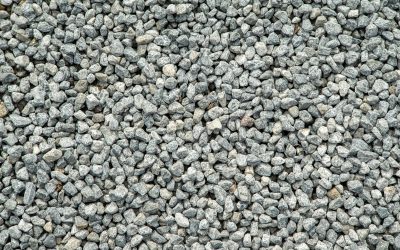Traditional mining practices have often come at a significant environmental cost. As we face the challenges of climate change and sustainable resource management, the industry is adopting sustainable mining practices that incorporate eco-friendly and low-impact equipment and technology.
Environmental Impacts of Traditional Mining
Traditional mining practices have long been associated with significant environmental impacts, including:
- Habitat destruction and deforestation
- Soil erosion
- Air and water pollution
- Waste generation
These impacts are no longer viewed as acceptable, and the resulting technologies have helped the industry transition to greener alternatives.
Understanding Green Mining

Sustainable mining represents a commitment to responsible practices that minimize environmental impacts while extracting valuable minerals and resources. This approach aims to strike a balance between meeting the world’s resource demands and protecting the planet for future generations. Here are some key advancements in green mining.
Sustainable Mineral Extraction
Traditional mining methods often involve blasting and excavation, resulting in habitat destruction and land disturbance.
Green mining embraces innovative techniques, like in-situ recovery and bioleaching, which minimize surface disruption and reduce the environmental footprint.
These methods are particularly useful for extracting minerals from ore bodies that are hard to access through traditional means.
Reduced Energy Consumption
Green mining emphasizes energy efficiency by using advanced equipment, such as electric vehicles and energy-efficient machinery. Renewable energy sources like solar and wind power are also being integrated into mining operations to reduce reliance on fossil fuels.
Pollution Control
Pollution control focuses on minimizing the release of harmful substances into the air, water, and soil during mining operations. This includes using advanced filtration systems, treating wastewater, and reducing dust and emissions to protect nearby ecosystems and communities.
Water Management and Conservation
Advances in water recycling, treatment, and conservation technologies are helping mines reduce water usage as well as contamination of local water sources. This not only benefits the environment but also mitigates potential conflicts with local communities.
The Ortner dewatering equipment has the ability to efficiently dewater mining materials while minimizing the environmental impact, making it an asset for responsible and sustainable mining practices.
Learn more about the Ortner’s energy efficient dewatering capabilities for mining, aggregate, and other industries.
Biodiversity Conservation
Sustainable mining practices prioritize biodiversity conservation by implementing responsible land reclamation and habitat restoration plans. This includes rehabilitating mining sites to their natural state after extraction, ensuring that ecosystems can thrive once again.
Sustainable Materials Handling
Efficient materials handling is essential for minimizing waste and reducing the environmental impact of mining. Innovations help increase resource recovery rates and decrease waste production. For example, bulk ore sorting separates valuable minerals from waste early in the process.
Recycling and Circular Economy

Green mining extends beyond extraction to include recycling and responsible resource management. Mines are increasingly implementing recycling programs for materials like batteries and electronics, contributing to a circular economy where resources are reused and repurposed.
The BIVITEC vibrating screen is equipment that can contribute to green mining by improving resource efficiency, reducing waste, conserving energy and water, and minimizing the environmental impact of mining operations. Its innovative design and efficient screening capabilities make it a valuable tool for mining companies committed to sustainability.
Learn how the BIVITEC vibrating screen can benefit your mining operation.


